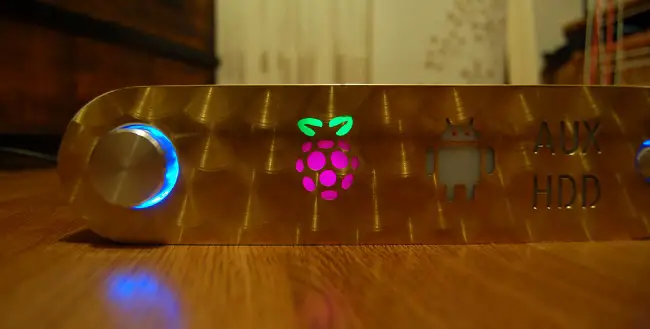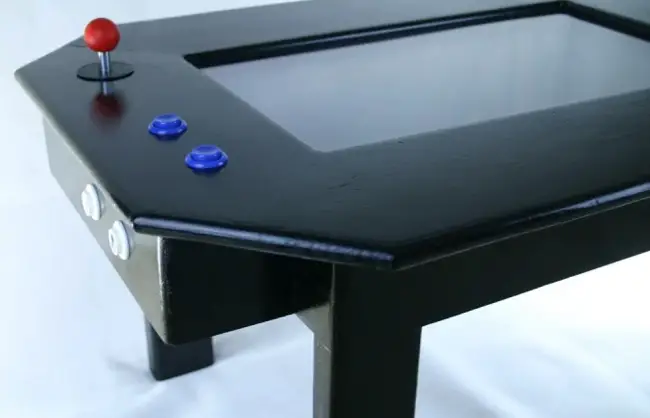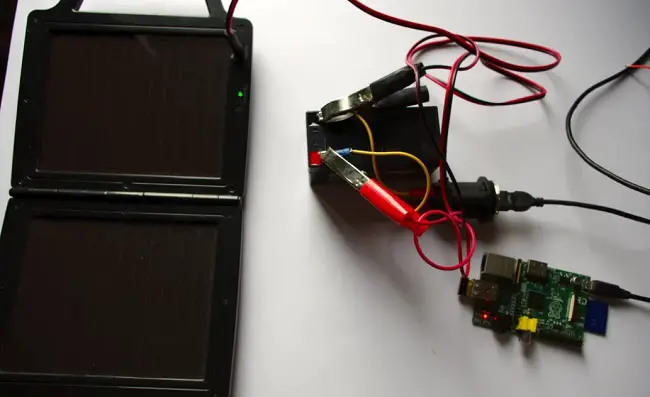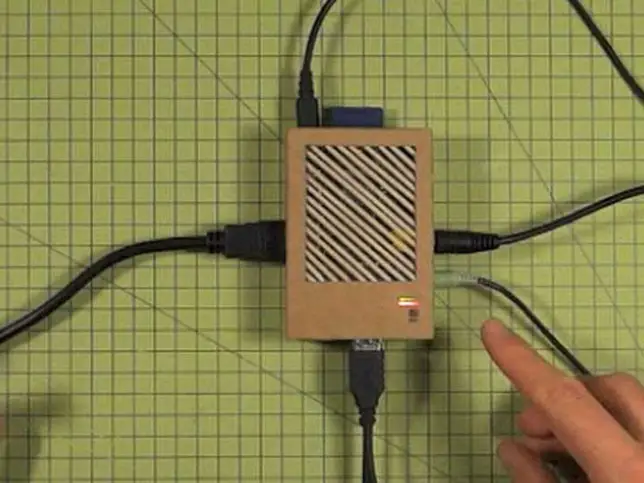Raspberry Pi -- the tiny, stripped-down $35 computer -- hit the market in 2011 with the intention of helping promote basic computer science skills in schools. As of early 2015, 4.5 million of them had been sold and a second generation, the Raspberry Pi 2, has been introduced.
It has become the DIY gadget-maker's go-to device. Tinkerers, hobbyists, educators and students and basically anyone who likes to build things have taken to the internet with project after project utilizing the Raspberry Pi.
The little computer has controlled robots, reached the upper atmosphere in a weather balloon and become the building block for almost any gadget the mind could dream up. With all of the builds out there, it can be overwhelming, but don't worry, we've done the hard work for you. Here are 20 of the best Raspberry Pi projects the web has to offer.
Kindleberry Pi -- the minimalist computer
If you're into minimalist computing, this hack using an old Kindle as monitor for the Raspberry Pi is for you. Combining the Kindle as the screen, the Raspberry Pi, a couple USB cables and a keyboard, the project makes for the simplest of computers. If jailbreaking a Kindle doesn't bother you, this Kindleberry Pi could be a fun weekend project.
Raspberry Pi "Beet Box"
https://vimeo.com/55658574
This merger of root crops and technology could upset the legume as the champion of musical foods that come out of the garden.
Scott Garner’s BeetBox is a simple electronic drum beat machine that uses beets in place of a machine’s buttons. It uses six beets connected to capacitive touch sensors to play the drum beats samples on a Raspberry Pi, and an audio amplifier and handmade wooden enclosure he built himself. The project is available on GitHub as well as maker Scott Garner's website.
Voice-Activated Coffee Machine
https://vimeo.com/54300364
A group of Developer Garden and Oracle employees hacked a Nespresso coffee machine to work via voice controls using Raspberry Pi and a smartphone. The steps involved are probably more than what the Nespresso machine requires without this hack, but a cool proof of concept nonetheless.
Supercomputer from Legos and Raspberry Pi
In a twist on the usual use for the tiny Raspberry Pi computers, a team of computation engineers have built a supercomputer by linking together 64 of the devices and then housing it in a rack made from those little plastic blocks we all know and love.
The team at the University of Southampton, led by Professor Simon Cox, built the system for under £2,500 (~$4000), and see it as "as a starting point to inspire and enable students to apply high-performance computing and data handling to tackle complex engineering and scientific challenges".
As soon as we were able to source sufficient Raspberry Pi computers we wanted to see if it was possible to link them together into a supercomputer. We installed and built all of the necessary software on the Pi starting from a standard Debian Wheezy system image and we have published a guide so you can build your own supercomputer.
In homage to the University's supercomputer (named Iridis), the new system is called Iridis-Pi, and features 64 processors and 1Tb of memory (using 16Gb SD cards for each Raspberry Pi). The device uses the MPI (Message Passing Interface) to communicate between nodes, and the software was developed using the free tools Python and Scratch.
And if building a supercomputer out of a series of $25 Linux boxes wasn't cool enough, the racking system for it was built from Legos, from a design developed in part by Cox's 6 year old son James. Let this go down as one of the coolest father-son collaborations ever. The researchers have made the project available to anyone on the university's website.
Raspberry Pi Media Center

Another Raspberry Pi DIY case project, but this time to fit its use as a media center device. Here, Instructables user champx built a media center using a Raspberry Pi, a key android HDMI, USB hub, switch HDMI and external disk and then enclosed all of that in a functional and beautiful case worthy of display in your living room. Check out his instructions here.
Raspberry Pi dog treat machine
Even dogs get to enjoy the benefits of Raspberry Pi. NYC CNC Machining and Prototyping shop built a machine that dispenses dog treats to the owner's dog, Judd, when an email is sent to a specific address. The project uses Raspberry Pi as well as many pro-level skills like CAD design, machining, fabrication, electrical engineering, and programming, so this isn't for casual hobbyists. The team did make this open source for anyone who wants to make a treat machine for their own pup.
Raspberry Pi MAME Arcade Table

This project involves a little woodwork on top of some computer engineering, but the result is a DIY, Raspberry Pi-powered arcade table that lets you play your favorite old school arcade games or use it for web browsing and writing emails, displaying photos or social media updates.
DSLR camera with embedded computer
For the geekiest of photographers, this project embeds a Raspberry Pi in a DSLR camera, which enables a photographer to do such awesome things as wireless tethering so that images are automatically transmitted to a PC or tablet as they're shot, remote control the camera with a smartphone from anywhere in the world and to program the camera to take pictures at precise intervals.
Solar-powered Raspberry Pi

This build marries two of our favorite things: DIY gadgets and solar power. Instructables user hackitbuildit shows you how to run your Raspberry Pi off of sunlight with a solar panel, a car power socket, a USB car power adapter and a battery.
Raspberry Pi web server
One of the more basic things that those with a little programming experience can do with Raspberry Pi is set up a personal web server. The microcomputer won't be able to handle major traffic, but it will do nicely for hosting a resume or personal landing page or even a little Dropbox clone with no monthly fees.
Nice-looking cardboard Raspberry Pi case

Being totally stripped down allows the Raspberry Pi to be cheap, but it also means that the first thing a Raspberry Pi requires when you unpack it is a good case. There are plenty of plastic cases you can buy, but this project lets you make your own out of sturdy cardboard without sacrificing style.
 |
 Tip Your Landlord Shirt $21.68 |
 |
